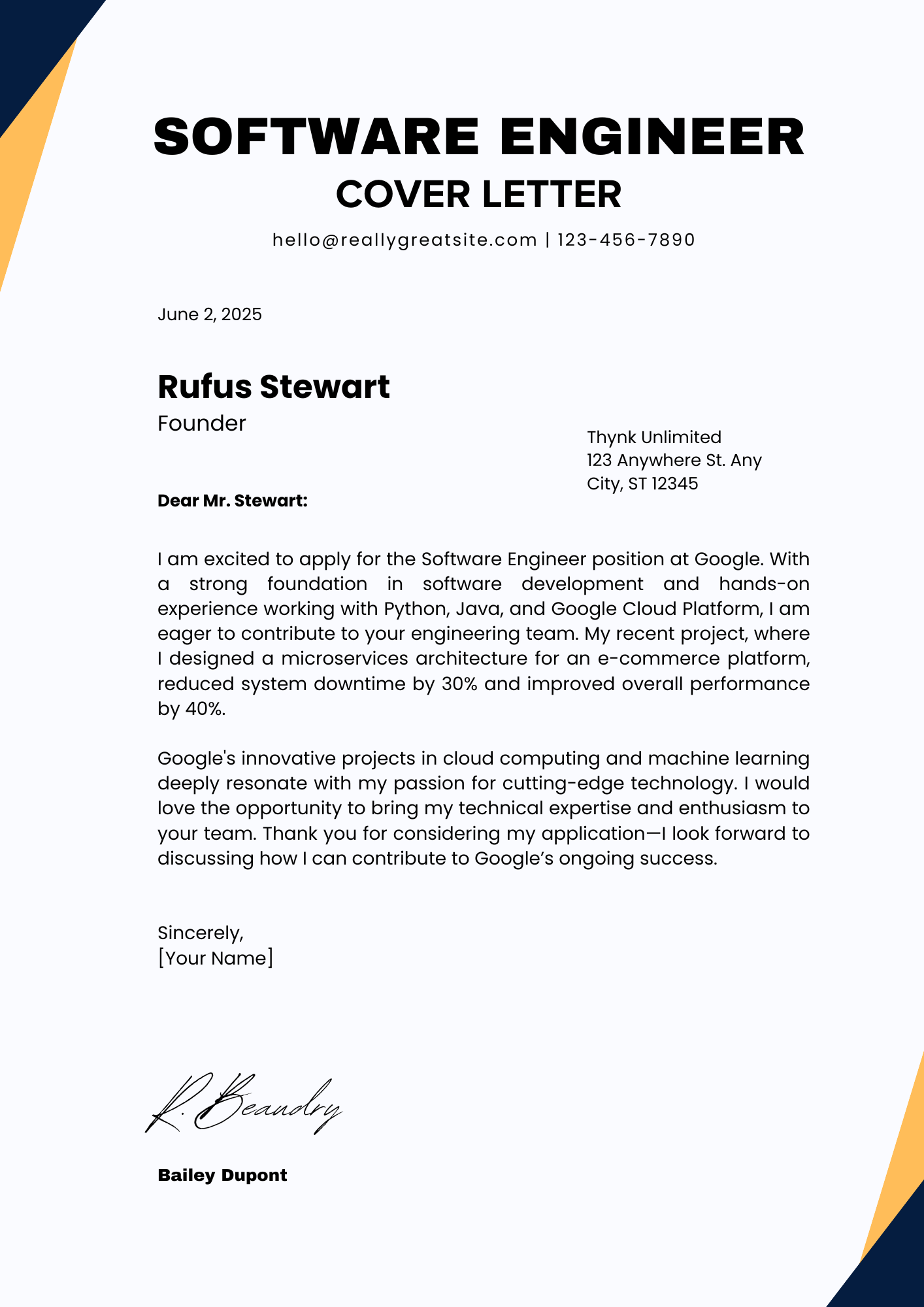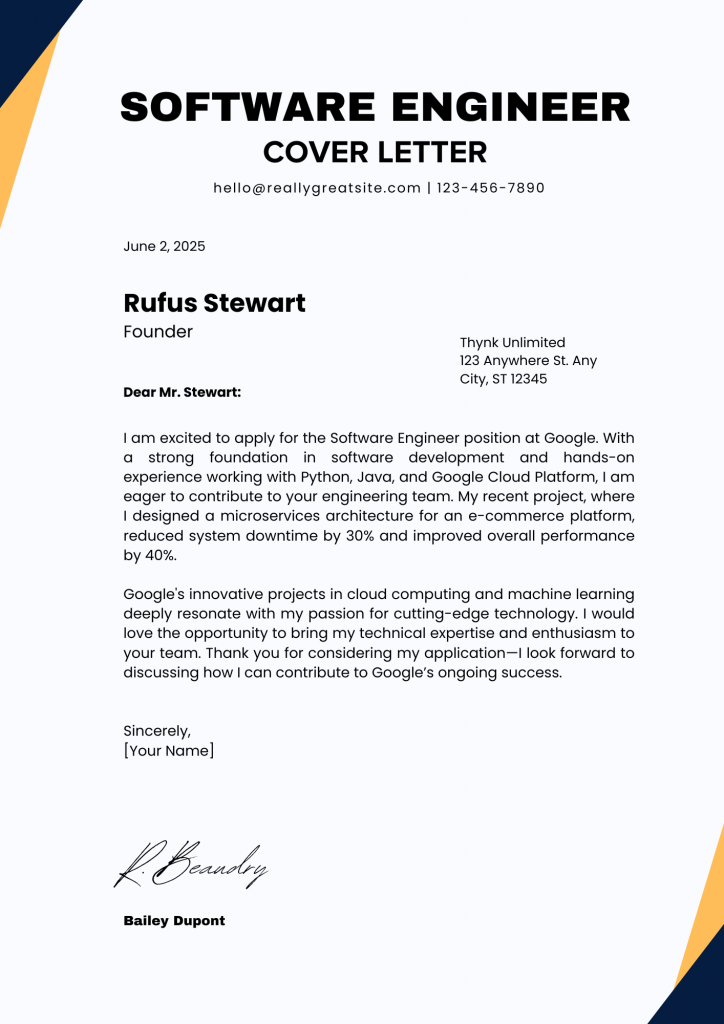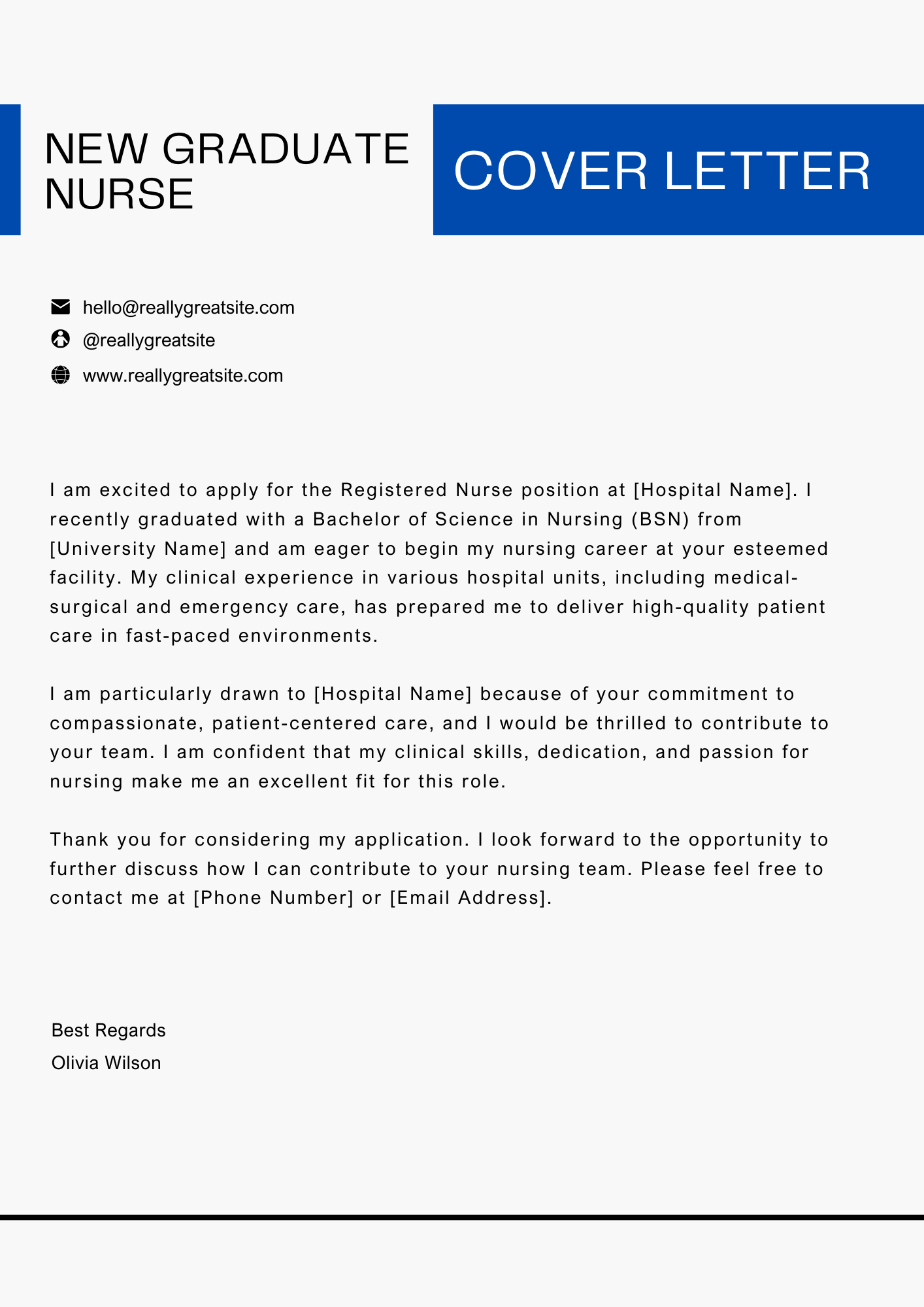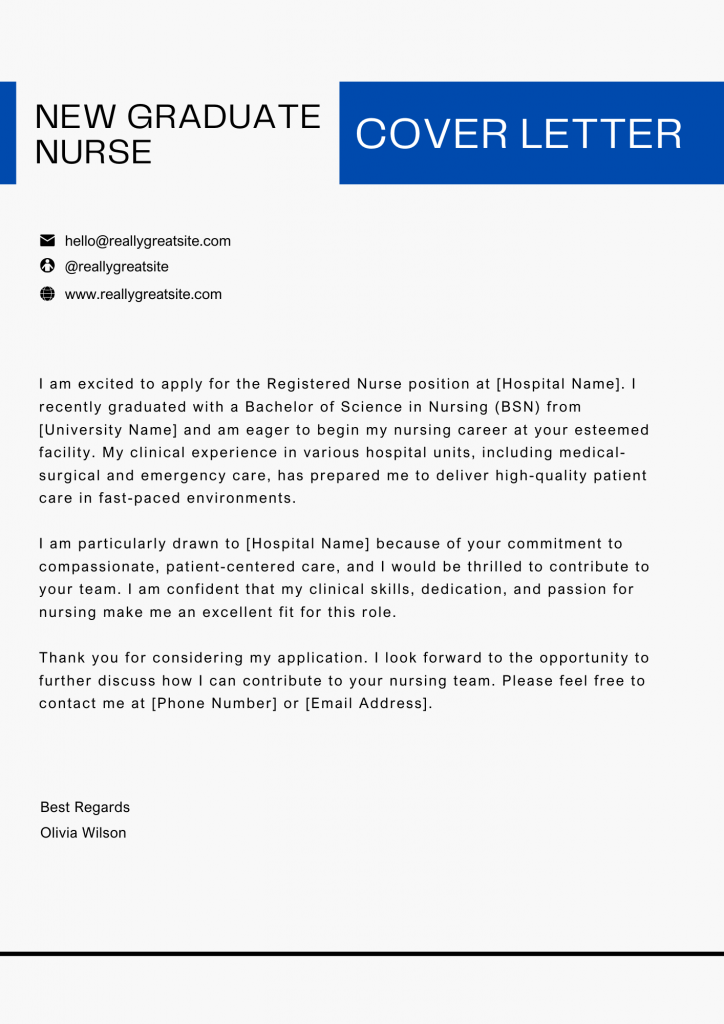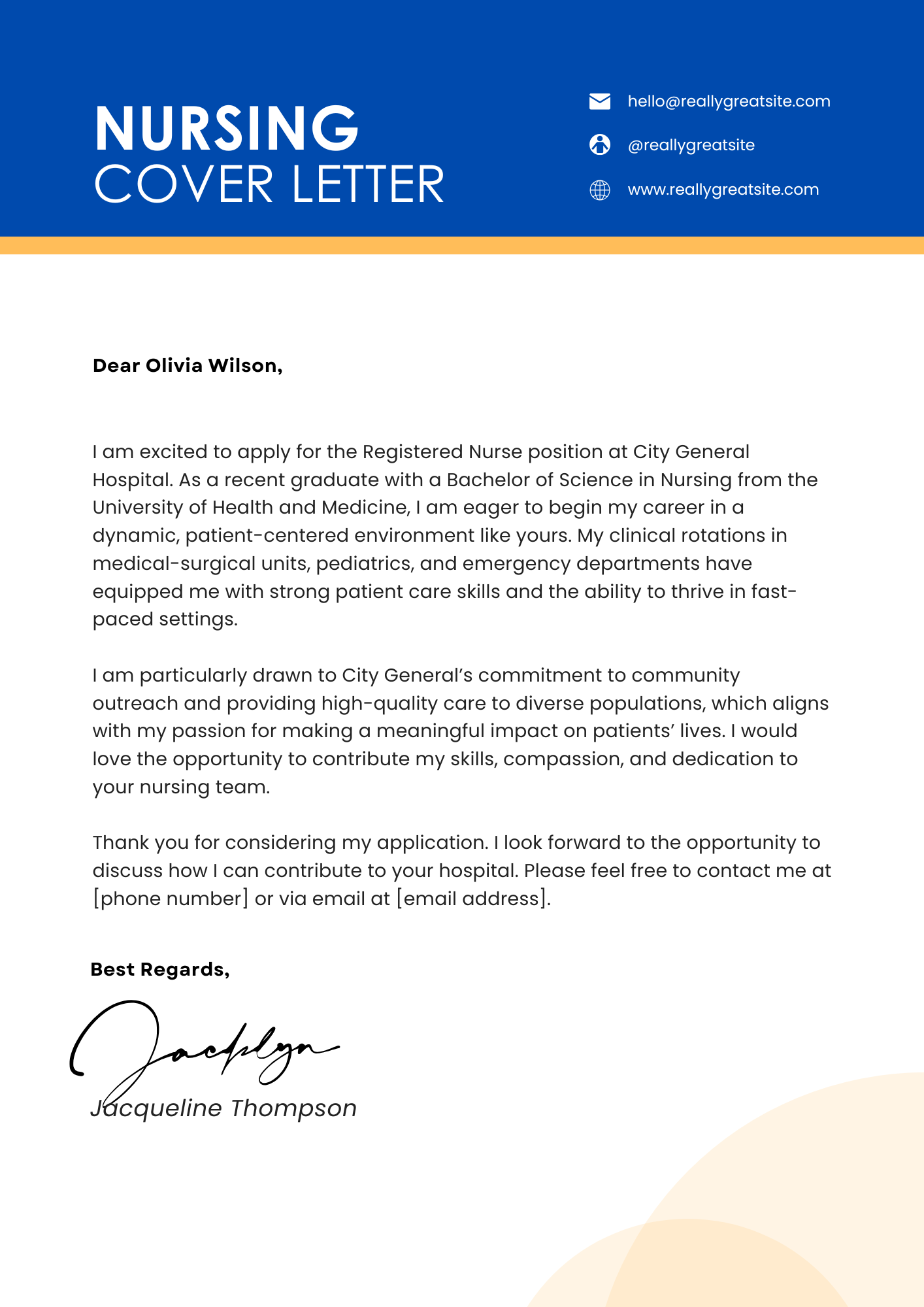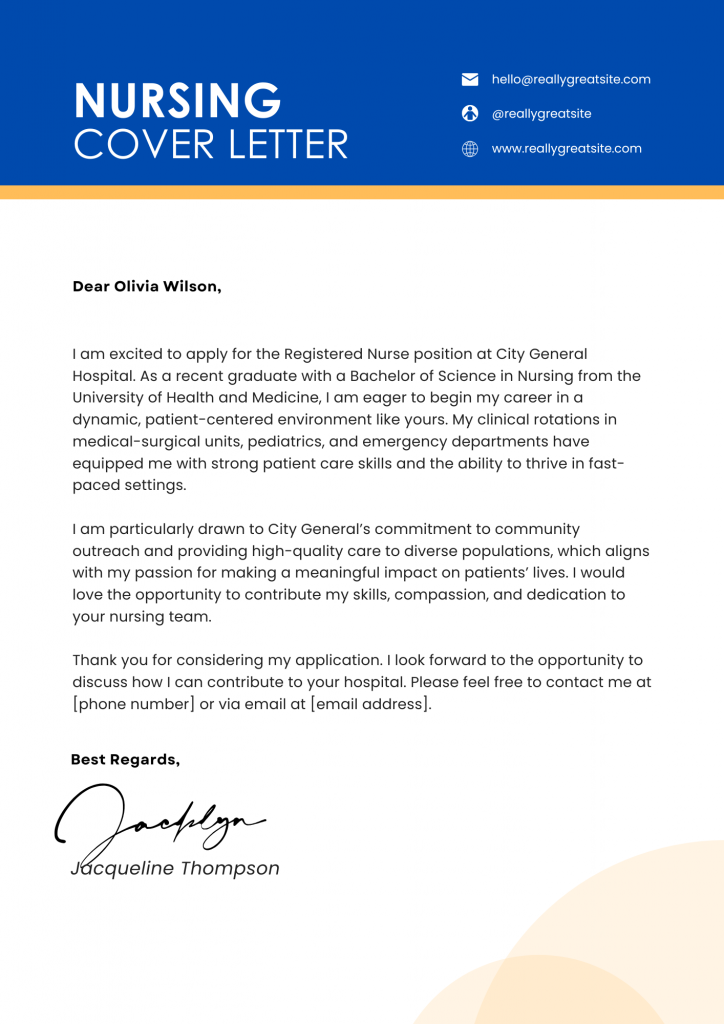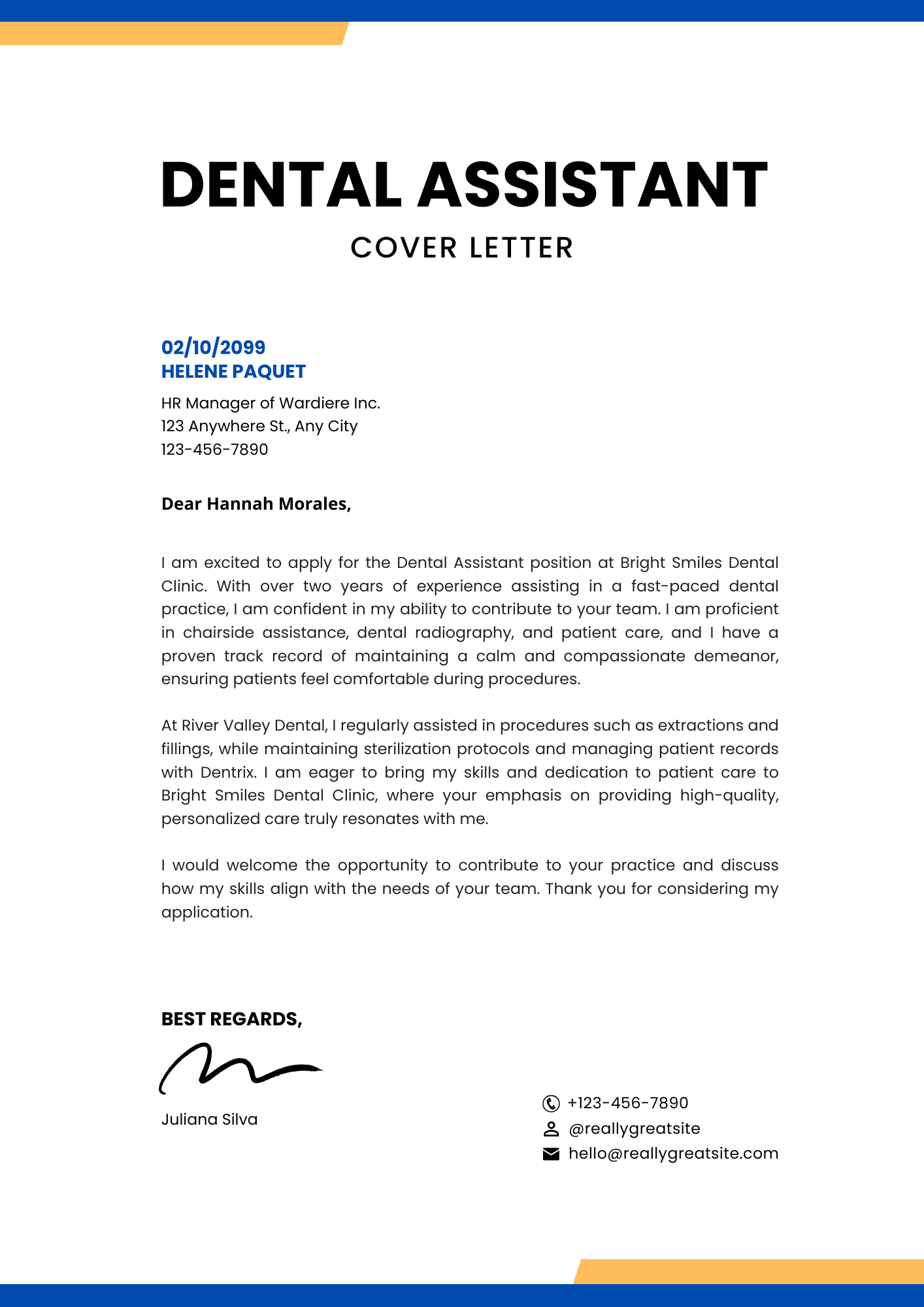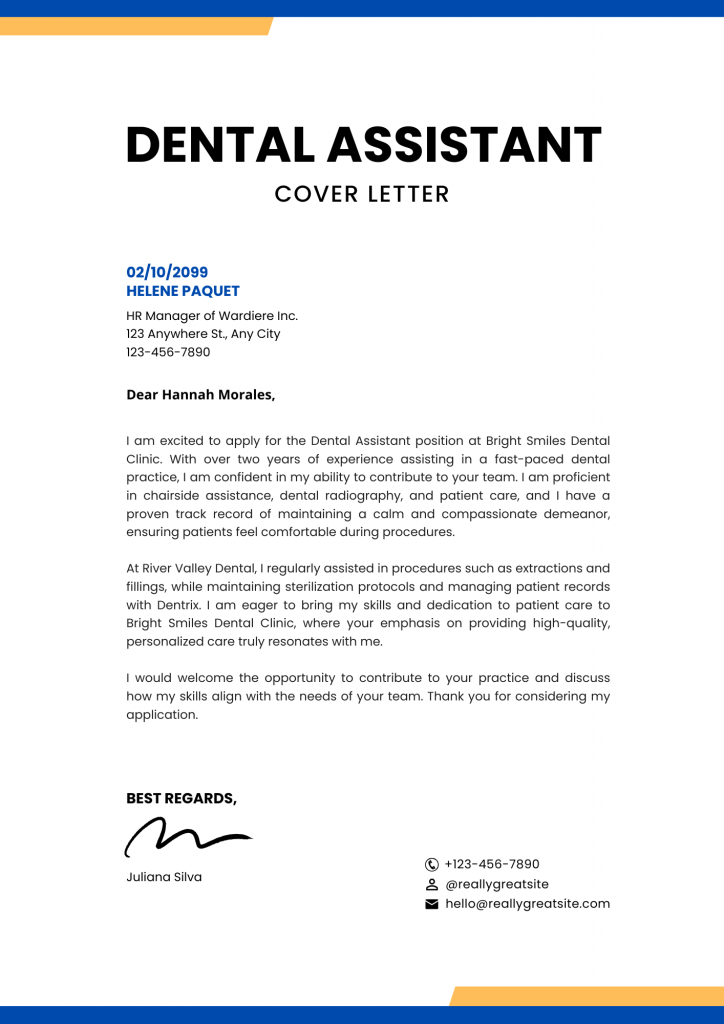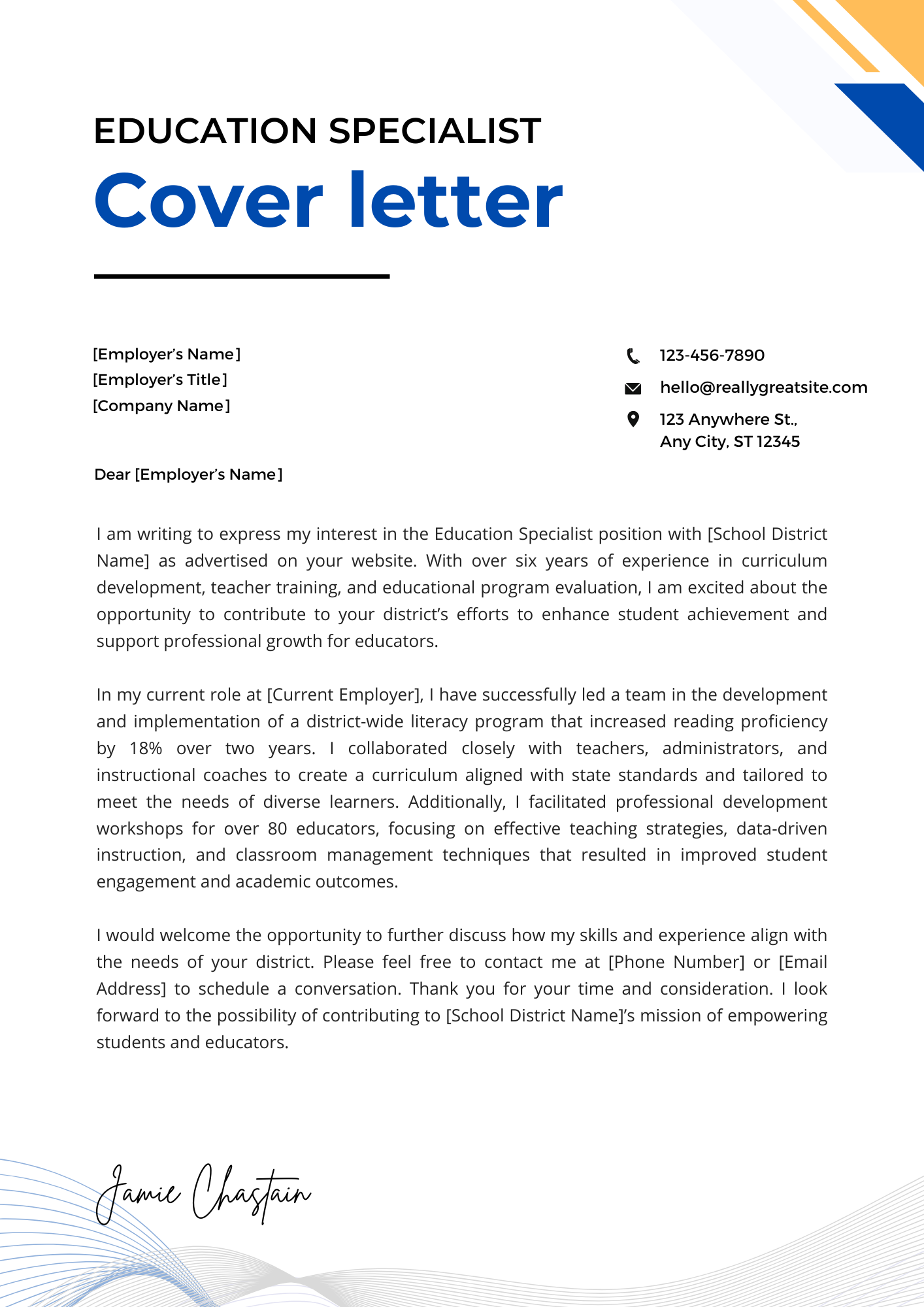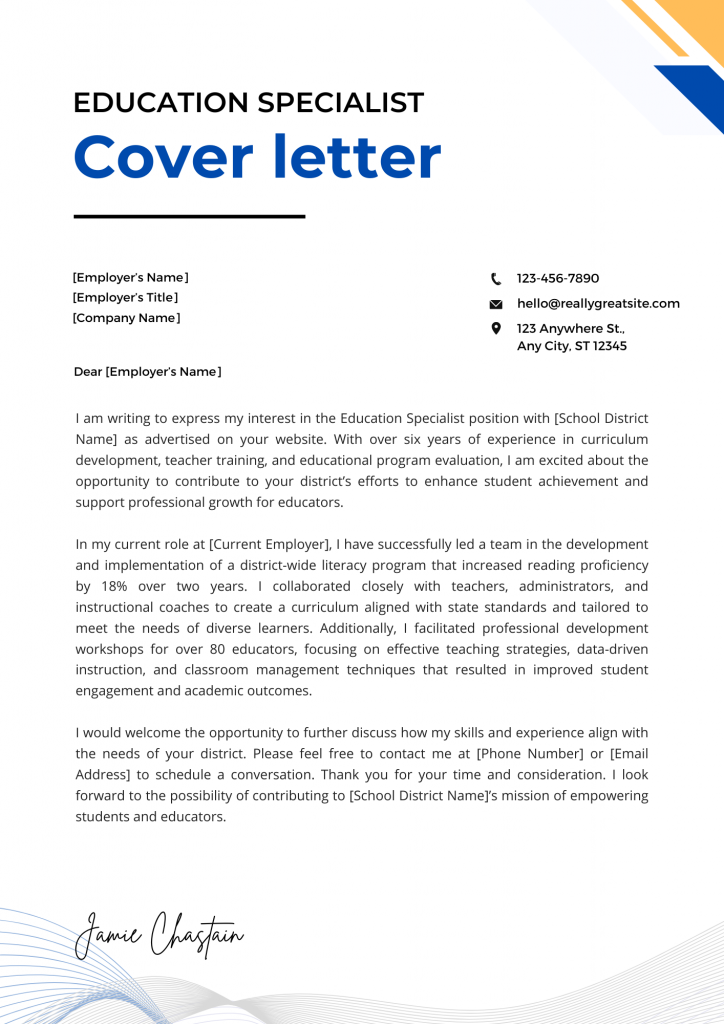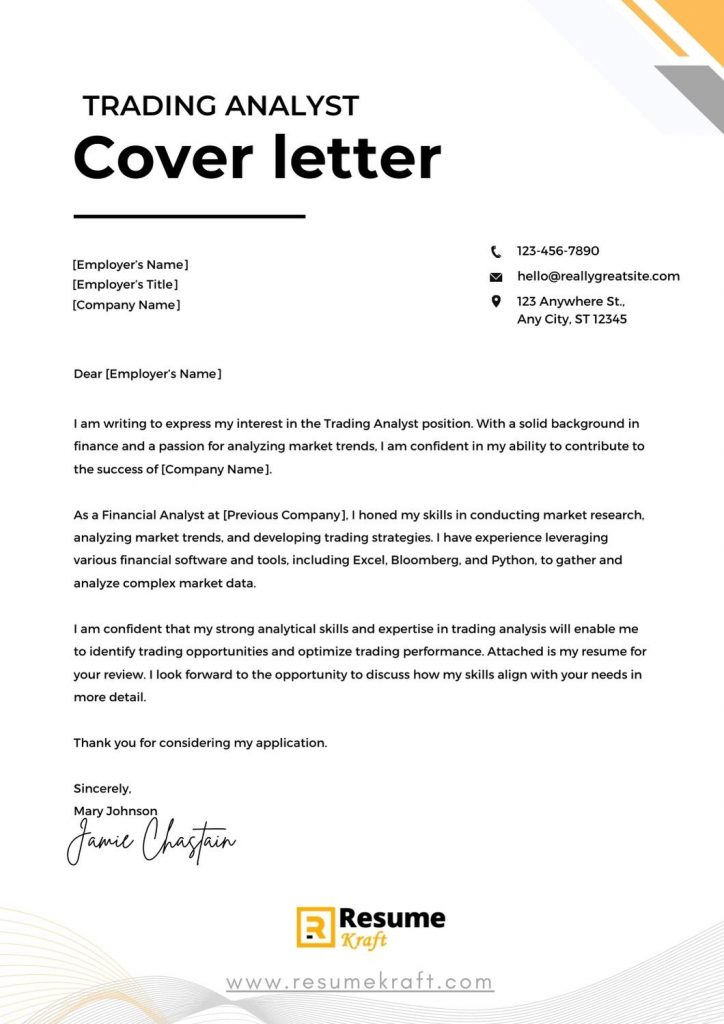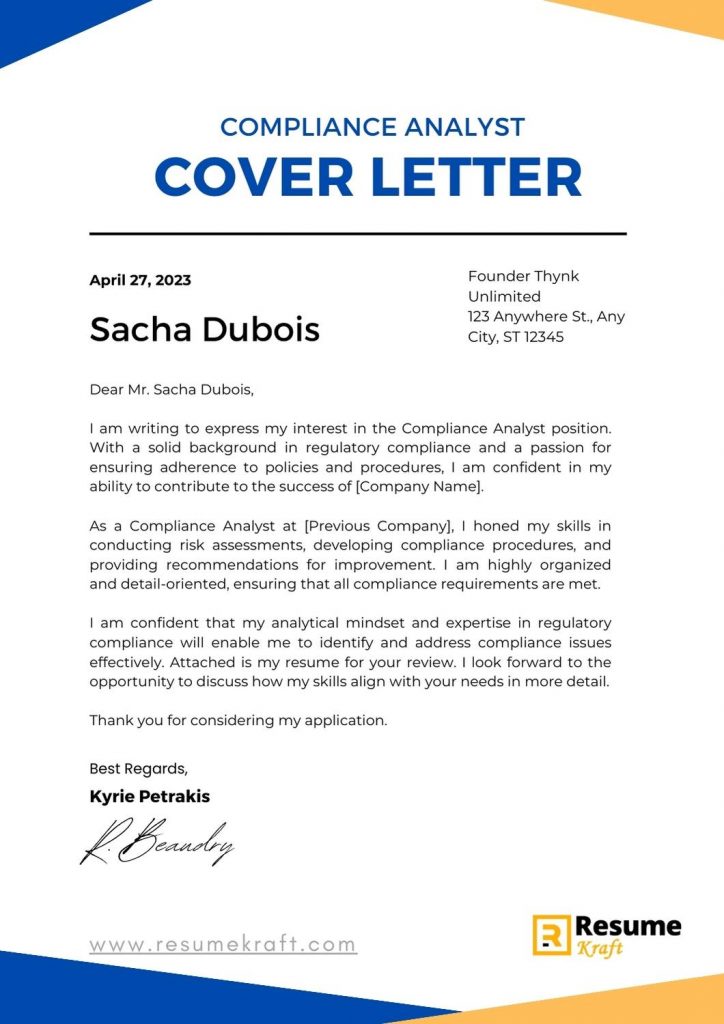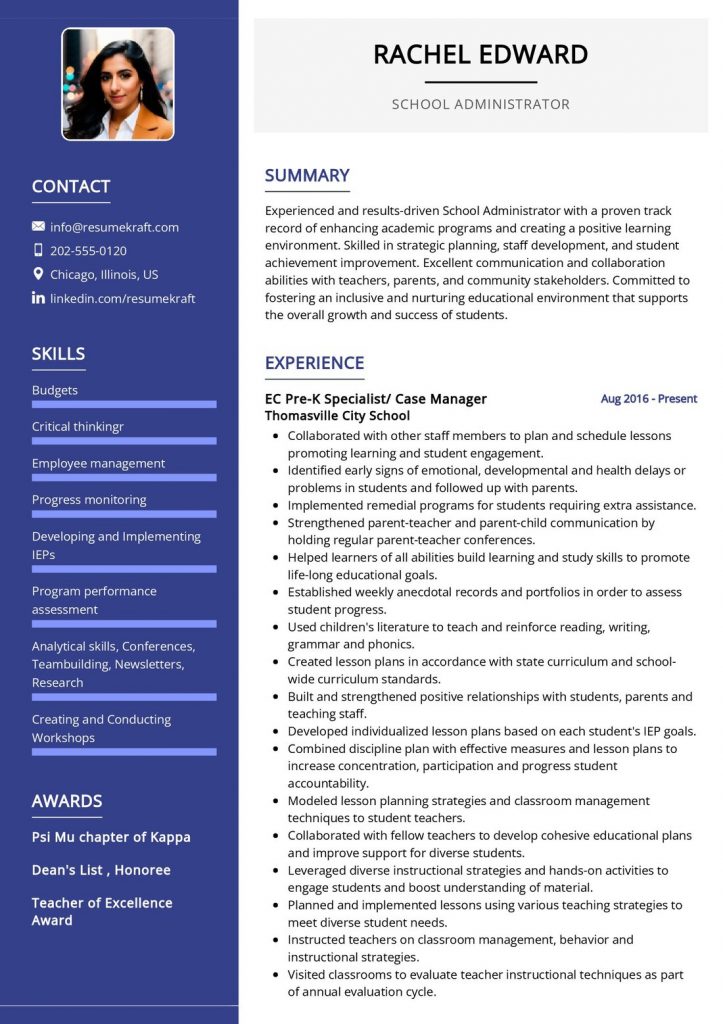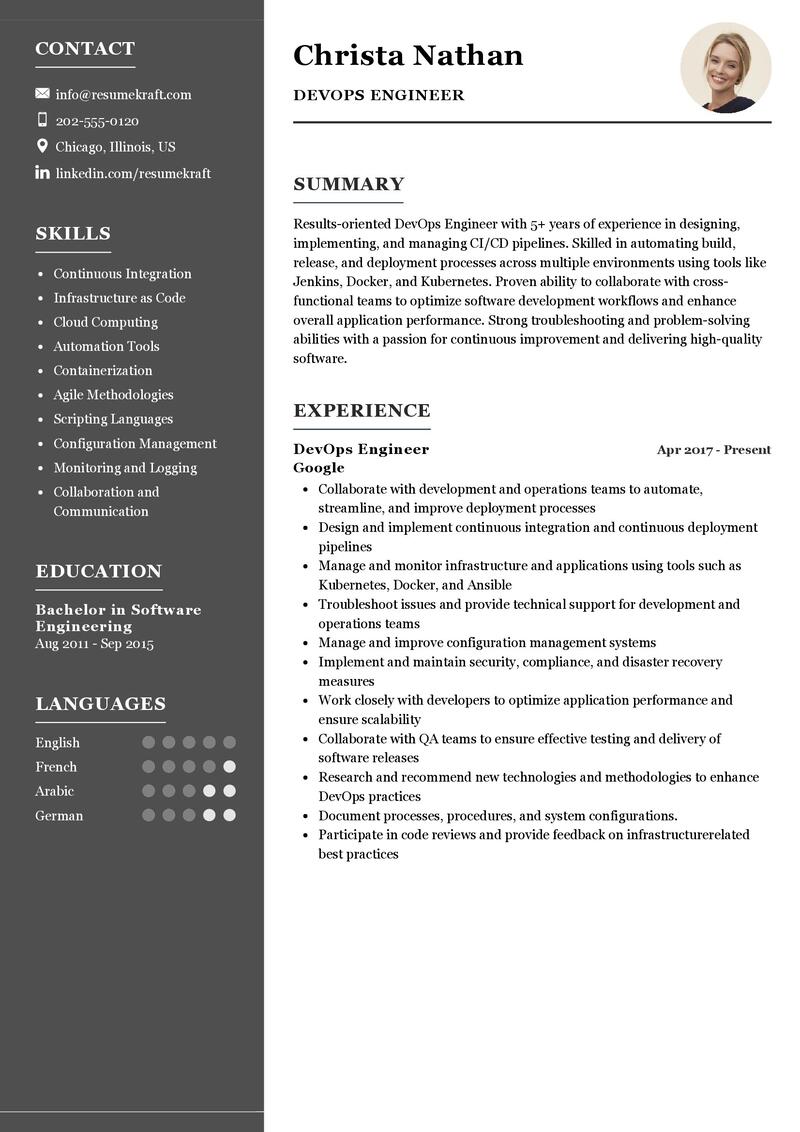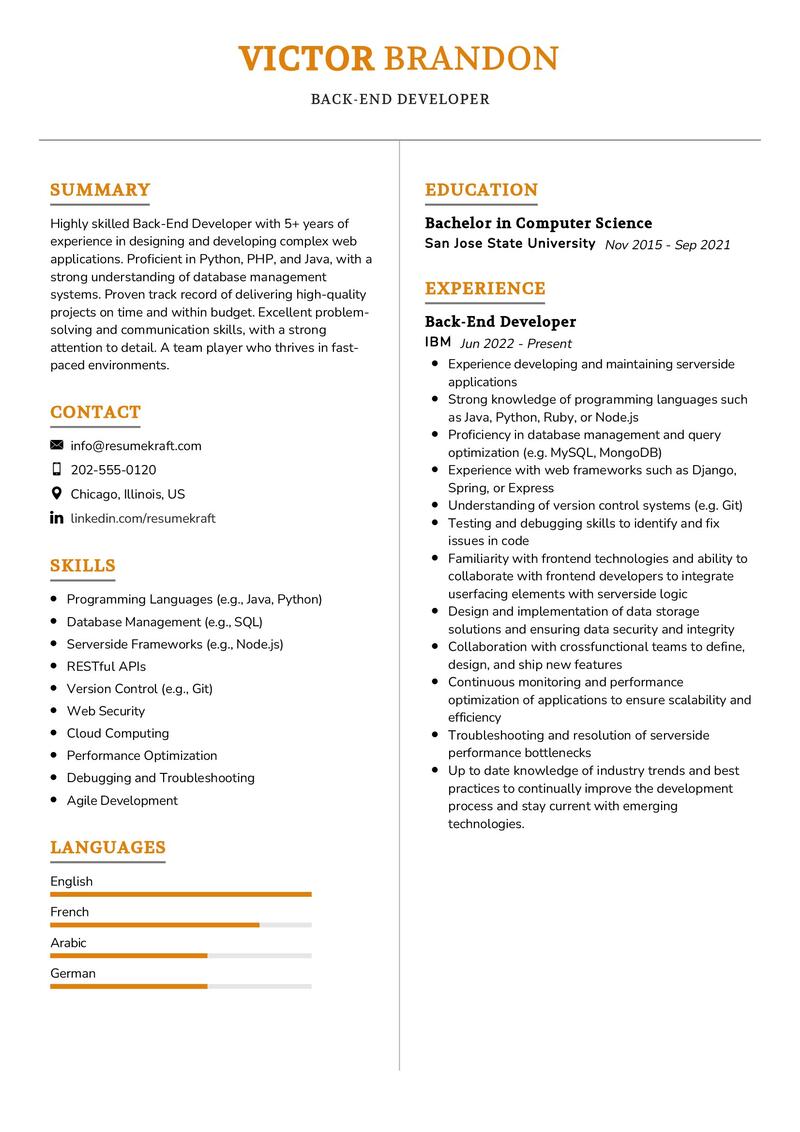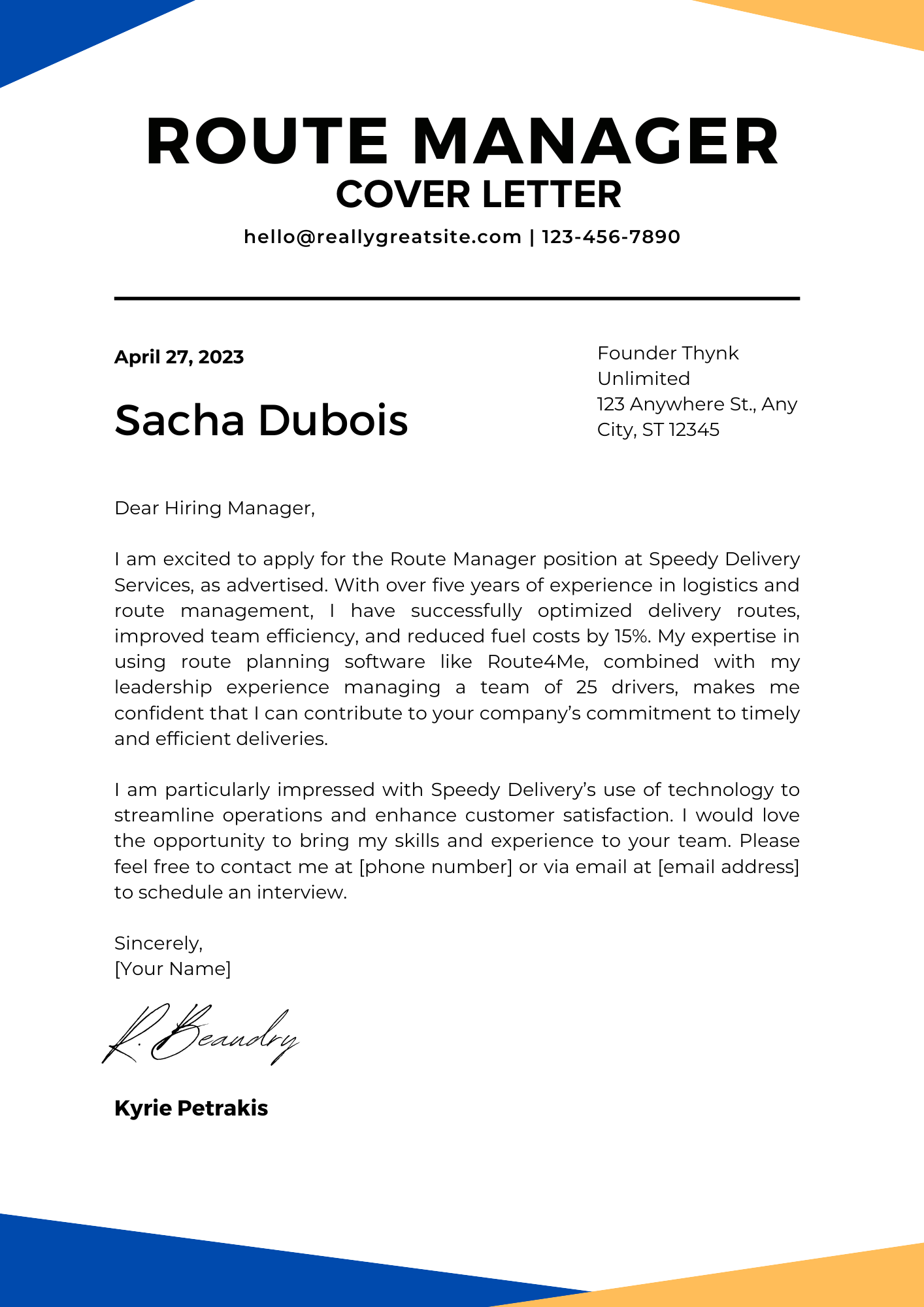
Cover Letter Examples for Route Manager [Free Downloadable Template]
A Route Manager is a crucial role in various industries, including logistics, transportation, and delivery services. The responsibilities often include overseeing delivery routes, managing drivers, optimizing logistics, and ensuring that all shipments arrive at their destinations efficiently and on time. Because Route Managers play a critical role in the smooth operation of businesses, employers are looking for individuals who possess strong leadership, problem-solving, and communication skills. A well-written cover letter can help you showcase these qualities and demonstrate why you’re the right fit for the job.
Whether you’re an experienced Route Manager or transitioning into the role, crafting a compelling cover letter is essential. This article will guide you through the process of writing a strong cover letter for a Route Manager position, explaining each section in detail, and offering examples to help you create a cover letter that stands out.
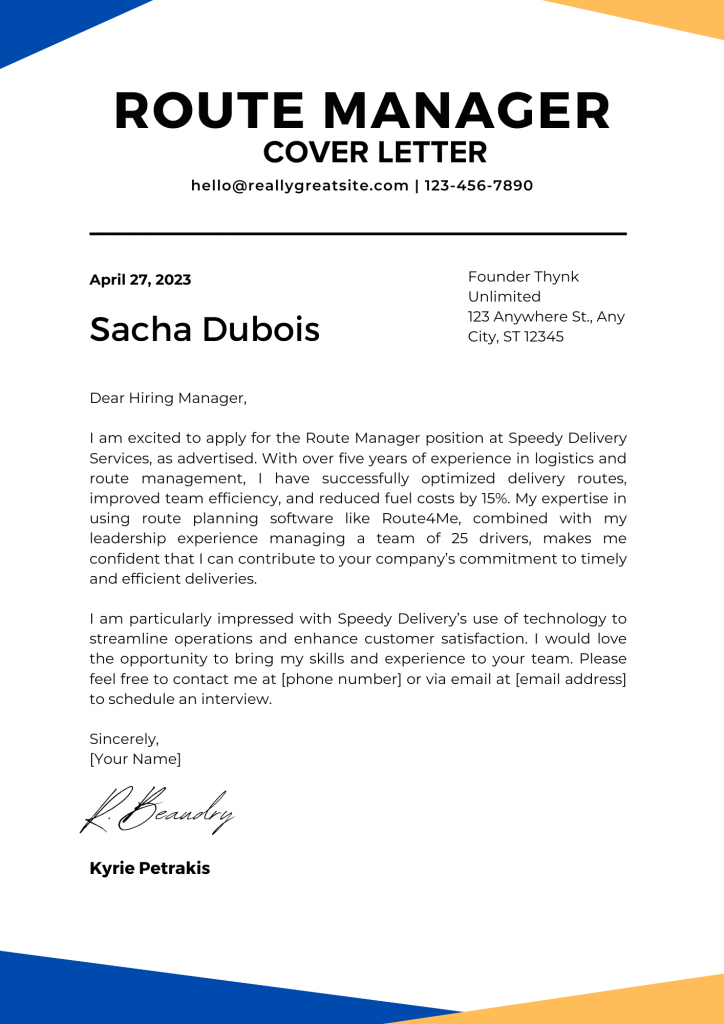
Why a Cover Letter is Important for a Route Manager
While your resume provides a summary of your work experience, qualifications, and technical skills, a cover letter allows you to elaborate on your achievements, explain your career progression, and emphasize how your skills align with the company’s needs. For a Route Manager position, a cover letter is particularly important because it gives you the chance to demonstrate your ability to manage complex operations, solve logistical challenges, and lead teams effectively.
A strong Route Manager cover letter should:
- Highlight your relevant experience and achievements.
- Demonstrate your understanding of logistics and route management.
- Show your leadership and communication skills.
- Convey enthusiasm for the role and the company.
- Reflect your ability to handle pressure and ensure operational efficiency.
Now, let’s break down each part of the cover letter and explore how to write an effective one.
What to Include in a Route Manager Cover Letter
A successful Route Manager cover letter should follow a clear structure and contain the following sections:
- Header with Contact Information
- Introduction Paragraph
- Skills and Qualifications
- Relevant Experience and Achievements
- Reasons for Applying
- Closing Paragraph with Call to Action
Each section plays a key role in presenting yourself as the ideal candidate for the role. Let’s dive into how to write each part in detail.
1. Header with Contact Information
Before you start writing the body of your cover letter, you’ll need to include a professional header. This ensures the employer has all your contact details and sets the tone for a formal application.
Example of a Professional Header:
[Your Name]
[Your Address]
[City, State, ZIP Code]
[Your Phone Number]
[Your Email Address]
[Date]
[Hiring Manager’s Name]
[Company Name]
[Company Address]
[City, State, ZIP Code] If you know the hiring manager’s name, it’s always best to address your cover letter to them directly. If not, using a general greeting such as “Dear Hiring Manager” or “Dear [Company Name] Recruitment Team” is acceptable.
2. Introduction Paragraph
Your introduction is the first opportunity to grab the hiring manager’s attention. Start by stating the position you’re applying for and how you found the job posting. Then, briefly summarize why you’re excited about the role and how your qualifications make you a strong candidate.
Example of an Introduction Paragraph:
Dear [Hiring Manager’s Name],
I am excited to apply for the Route Manager position at Speedy Delivery Services, as advertised on your website. With over five years of experience in logistics and route management, I am confident in my ability to oversee and optimize delivery routes, manage driver performance, and ensure timely deliveries. I am particularly drawn to Speedy Delivery’s commitment to providing efficient and reliable services to customers, and I would love the opportunity to contribute to your team.This introduction works because it clearly states the position being applied for, gives an overview of relevant experience, and expresses enthusiasm for the company and the role.
3. Skills and Qualifications
In this section, you’ll want to highlight the skills and qualifications that make you a strong candidate for the Route Manager position. Focus on the skills mentioned in the job description and tailor your qualifications to match the company’s requirements.
Key Skills for a Route Manager:
- Route Optimization: Ability to design efficient routes that minimize costs and maximize delivery speed.
- Team Management: Strong leadership skills to manage, train, and motivate drivers.
- Communication: Effective communication with drivers, customers, and stakeholders to ensure smooth operations.
- Problem-Solving: Ability to address logistical challenges and find solutions quickly.
- Time Management: Ensuring deliveries are completed within tight deadlines.
Example of Highlighting Skills and Qualifications:
In my previous role as a Route Supervisor at City Logistics, I developed strong skills in route optimization, fleet management, and team leadership. I am proficient in using route planning software, such as Route4Me and Onfleet, to design efficient delivery routes, which helped reduce fuel costs by 15%. Additionally, my experience in managing a team of 25 drivers has strengthened my ability to communicate effectively, resolve conflicts, and ensure that all deliveries are completed on time.In this example, the candidate highlights relevant skills such as route optimization, fleet management, and team leadership. By quantifying their achievements (e.g., reducing fuel costs by 15%), the candidate demonstrates the impact of their skills on previous employers.
4. Relevant Experience and Achievements
After highlighting your skills, it’s time to delve deeper into your work experience and achievements. Provide specific examples of your responsibilities and the results you achieved in previous roles. Employers want to see how your past experiences have prepared you for the Route Manager role, so focus on accomplishments that are directly related to route management, logistics, or team leadership.
Example of Discussing Experience and Achievements:
During my time at City Logistics, I was responsible for overseeing the daily operations of 50 delivery routes across the city. I implemented a new route optimization strategy that improved delivery times by 20%, while also reducing driver overtime by 10%. Additionally, I introduced a driver performance tracking system, which allowed me to identify areas for improvement and provide targeted training, leading to a 25% increase in overall driver efficiency.This example is effective because it provides concrete details about the candidate’s previous responsibilities and quantifies their achievements (e.g., improving delivery times by 20%). This shows that the candidate has a proven track record of success in route management.
5. Reasons for Applying
In this section, explain why you’re interested in the specific Route Manager position and why you’re excited about working for the company. Tailor your response to reflect the company’s values, goals, or services, and show how your skills and experience align with their needs.
Example of Explaining Your Motivation:
I am particularly excited about the opportunity to join Speedy Delivery Services because of your reputation for innovation in logistics and customer satisfaction. I am impressed by your use of cutting-edge technology to streamline operations and improve delivery accuracy, and I believe my experience in implementing route optimization strategies and managing teams would make me a valuable asset to your company. I am eager to contribute to your continued success and help drive operational efficiency.This section works because the candidate explains why they’re excited about the company and how their skills align with the company’s goals. It shows that they’ve researched the company and are genuinely interested in the role.
6. Closing Paragraph with Call to Action
In the final paragraph, reiterate your enthusiasm for the position and encourage the hiring manager to contact you for an interview. Be sure to express gratitude for their time and consideration.
Example of a Strong Closing Paragraph:
I would welcome the opportunity to discuss how my skills and experience align with the needs of your Route Manager team at Speedy Delivery Services. Thank you for considering my application, and I look forward to the possibility of contributing to your company. Please feel free to contact me at [phone number] or via email at [email address] to schedule an interview.
Sincerely,
[Your Name]This closing paragraph is polite, professional, and includes a clear call to action, inviting the employer to contact the candidate for an interview.
Build your resume in just 5 minutes with AI.

Full Example of a Route Manager Cover Letter
Now that we’ve covered each section in detail, here’s a full example of a Route Manager cover letter:
[Your Name]
[Your Address]
[City, State, ZIP Code]
[Your Phone Number]
[Your Email Address]
[Date]
[Hiring Manager’s Name]
Speedy Delivery Services
123 Logistics Lane
Metropolis, ST 56789
Dear [Hiring Manager’s Name],
I am excited to apply for the Route Manager position at Speedy Delivery Services, as advertised on your website. With over five years of experience in logistics and route management, I am confident in my ability to oversee and optimize delivery routes, manage driver performance, and ensure timely deliveries. I am particularly drawn to Speedy Delivery’s commitment to providing efficient and reliable services to customers, and I would love the opportunity to contribute to your team.
In my previous role as a Route Supervisor at City Logistics, I developed strong skills in route optimization, fleet management, and team leadership. I am proficient in using route planning software, such as Route4Me and Onfleet, to design efficient delivery routes, which helped reduce fuel costs by 15%. Additionally, my experience in managing a team of 25 drivers has strengthened my ability to communicate effectively, resolve conflicts, and ensure that all deliveries are completed on time.
During my time at City Logistics, I was responsible for overseeing the daily operations of 50 delivery routes across the city. I implemented a new route optimization strategy that improved delivery times by 20%, while also reducing driver overtime by 10%. Additionally, I introduced a driver performance tracking system, which allowed me to identify areas
for improvement and provide targeted training, leading to a 25% increase in overall driver efficiency.
I am particularly excited about the opportunity to join Speedy Delivery Services because of your reputation for innovation in logistics and customer satisfaction. I am impressed by your use of cutting-edge technology to streamline operations and improve delivery accuracy, and I believe my experience in implementing route optimization strategies and managing teams would make me a valuable asset to your company. I am eager to contribute to your continued success and help drive operational efficiency.
I would welcome the opportunity to discuss how my skills and experience align with the needs of your Route Manager team at Speedy Delivery Services. Thank you for considering my application, and I look forward to the possibility of contributing to your company. Please feel free to contact me at [phone number] or via email at [email address] to schedule an interview.
Sincerely,
[Your Name]Additional Tips for Writing a Route Manager Cover Letter
- Tailor Your Cover Letter for Each Job:
Avoid sending the same cover letter to multiple employers. Customize each letter to reflect the company’s specific needs and values. Mention the company by name and explain why you’re excited about working there. - Use Metrics to Quantify Your Achievements:
Whenever possible, include metrics to demonstrate the impact of your work. For example, mention how much you improved delivery times, reduced costs, or increased team efficiency. - Highlight Leadership and Communication Skills:
Route Managers are often responsible for leading teams and communicating with drivers, customers, and other departments. Make sure to emphasize your leadership and communication abilities. - Keep It Concise:
While it’s important to include relevant information, keep your cover letter concise and to the point. Aim for one page in length. - Proofread for Errors:
A cover letter with typos or grammatical mistakes can leave a negative impression. Before submitting your cover letter, carefully proofread it to ensure it’s error-free.

Build your resume in 5 minutes
Our resume builder is easy to use and will help you create a resume that is ATS-friendly and will stand out from the crowd.
Frequently Asked Questions
Your Route Manager cover letter should include:
A professional header with your contact information.
An introduction stating the position you’re applying for and how you found the job.
A section highlighting your key skills (e.g., route optimization, team management, communication).
Examples of your relevant work experience and achievements.
An explanation of why you want to work for the specific company.
A closing paragraph with a call to action, inviting the employer to contact you for an interview.
To make your cover letter stand out, tailor it to the specific job and company by mentioning the company’s name and its values or goals. Highlight your achievements using metrics (e.g., “reduced fuel costs by 15%” or “improved delivery times by 20%”). Emphasize your leadership and communication skills, and keep the tone enthusiastic and professional.
Yes, including metrics in your cover letter is highly recommended. Employers appreciate concrete examples that demonstrate your effectiveness. Use numbers to show how you’ve improved delivery efficiency, reduced costs, increased team performance, or solved logistical challenges in your previous roles.
A Route Manager cover letter should be concise, ideally no longer than one page. Focus on the most relevant experiences and qualifications that align with the job description, and avoid repeating information already included in your resume.
Yes, it’s important to customize your cover letter for each job application. Tailoring your cover letter shows that you’ve researched the company and understand its needs. Mention the company by name, refer to specific aspects of the job posting, and explain why you’re excited about the opportunity to work with that particular organization.
Conclusion
Writing a compelling cover letter for a Route Manager position requires highlighting your skills, qualifications, and relevant experience in logistics and team management. By following the structure outlined in this article and tailoring your letter to the specific job, you can create a cover letter that stands out to potential employers.
Remember to be specific about your achievements, use metrics to quantify your impact, and show genuine enthusiasm for the role and the company. With a well-crafted cover letter, you’ll increase your chances of landing an interview and taking the next step in your career as a Route Manager.
Recommended Reading:
![Cover Letter Examples for Route Manager [Free Downloadable Template]](https://resumekraft.com/wp-content/uploads/2022/08/resume-kraft-logo-6.png)
